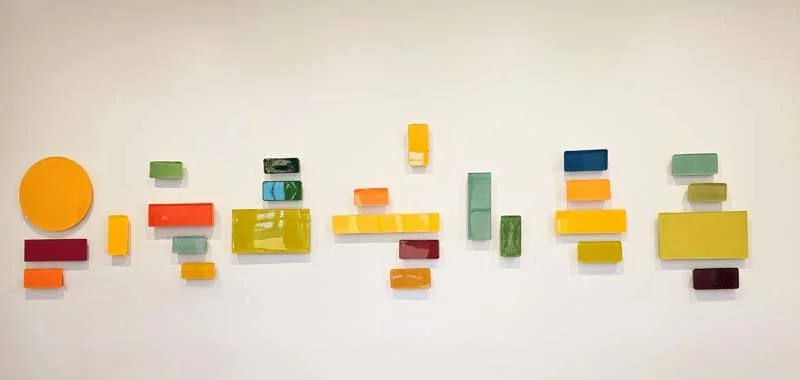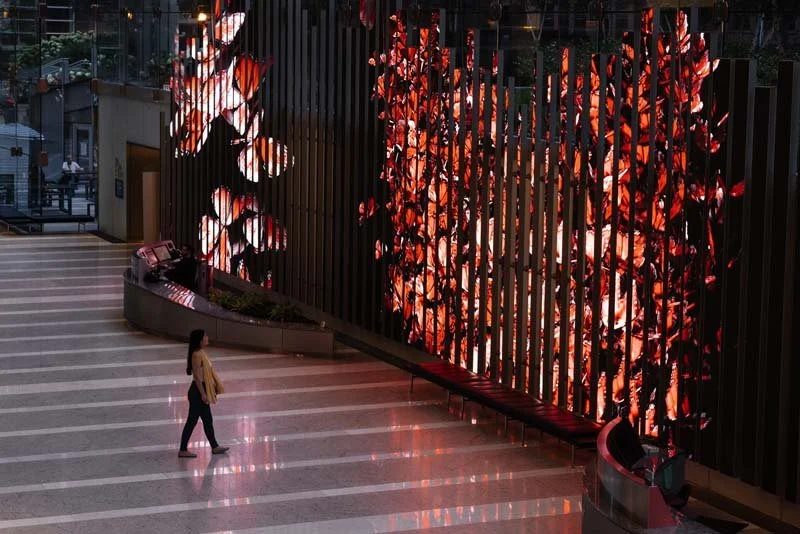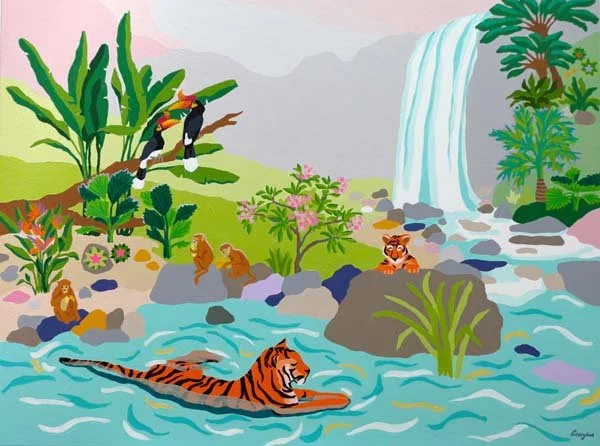A Conversation with Artist ALEXANDER BÄCKMAN
I grew up in a small town outside of Stockholm called Västerhaninge. It was a community marked by things like poverty, alcoholism, substance abuse, violence, and racism. I believe all of that shaped how I see and move through the world. Lately, I’ve been deeply focused on the gaze—particularly the gaze turned away. There's something about a half-turned face that fascinates me: a cheek seen from behind, the ear, the nape of the neck, eyelashes looking outward toward something—often nature or other people. I try to capture these brief, fleeting moments from everyday life.
This is often contrasted with more chaotic, dreamlike imagery. There’s a movement in my work between the dream world and the waking one. A lot of it centers on the body—how we navigate the world through it, and how experiences and relationships imprint themselves over time. The body holds so much: awkwardness, discomfort, shame, and memory.
I’m interested in how these feelings manifest physically—our protruding bellies, drooling mouths, itchy ears, sweaty armpits, folded skin. Lately, this focus has started to appear more in interior scenes as well—around the dinner table, in bed, on the sofa. There’s a growing emphasis in my work on observation and on the body’s desire to simply exist in the world.


















